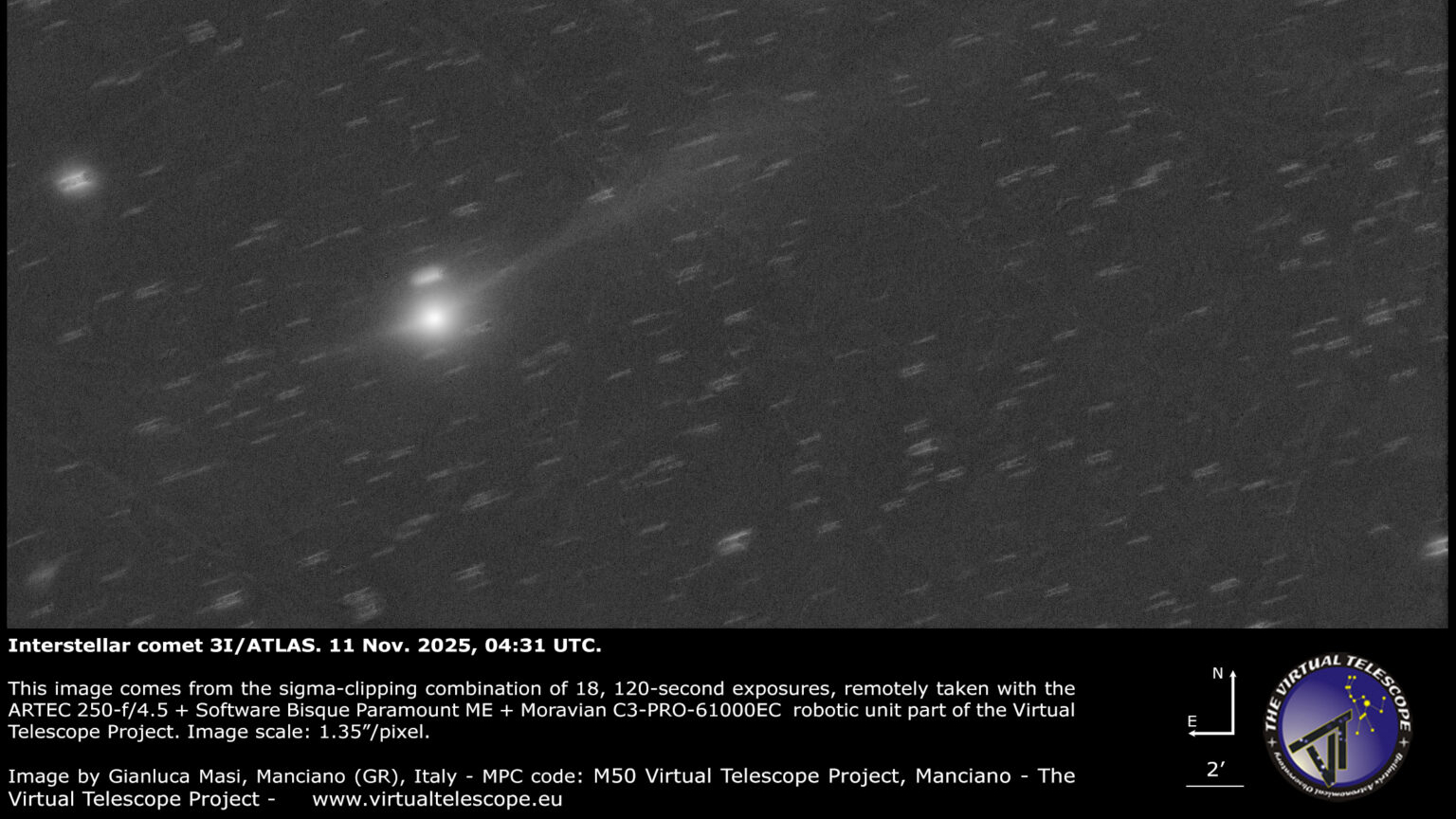Space Travel: Danger at Every Phase (Infographic)

Enormous energy. Tremendous acceleration. Lethal environments. Every stage of a space flight is filled with risks. Here are some of the ways that things can go wrong:
Mission Phase 1: Pre-launch Preparations
APOLLO 1, U.S., 1967
Astronauts Gus Grissom, Ed White and Roger Chaffee are sealed into their command module for a routine ground test. When a fire suddenly erupts in the cockpit, the men are unable to open the complex escape hatch in time.
DEATHS: 3
Breaking space news, the latest updates on rocket launches, skywatching events and more!
LUNAR LANDING TRAINER VEHICLE CRASH, U.S., 1968
Astronaut Neil Armstrong, rehearsing for his historic moon mission, must eject to safety when his training vehicle malfunctions.
NEDELIN DISASTER, U.S.S.R., 1960
With 30 minutes remaining before a test launch of Russia’s new R-16 missile, hundreds of technicians and military officers work near the launch pad. Suddenly a rocket engine ignites prematurely. The missile explodes.
DEATHS: 126 estimated
Mission Phase 2: Liftoff and Ascent
SPACE SHUTTLE CHALLENGER, U.S., 1986
Cold weather causes rubber seals in the booster rockets to become leaky. As the shuttle ascends, escaping flames lick across the huge external fuel tank. When the tank explodes, the orbiter disintegrates. After falling for nearly 3 minutes, the crew cabin crashes into the ocean.
DEATHS: 7
Mission Phase 3: The Vacuum of Space
APOLLO 13, U.S., 1970
A damaged oxygen tank explodes, crippling the spacecraft. Quick action by the astronauts and by Mission Control allows the use of the moon lander as a lifeboat. Astronauts James Lovell, Fred Haise and Jack Swigert return home safely.
A 3-foot flame breaks out from an oxygen generator, burning for about 14 minutes. Mir’s three crewmen are cut off from one of their two Soyuz escape vehicles. The crew use extinguishers to control the fire. They wear oxygen masks to prevent suffocation in the thick smoke.
VOSKHOD 2, U.S.S.R., 1965
After his historic first-ever spacewalk, cosmonaut Alexei Leonov attempts to return to his capsule. He discovers that his spacesuit has unexpectedly ballooned out, preventing him from entering the hatch. His heart racing, Leonov reduces pressure in his suit until he is able to enter the ship.
SOYUZ 11, U.S.S.R., 1971
Cosmonauts Georgi Dobrovolski, Viktor Patsayev and Vladislav Volkov undock their Soyuz craft from the Salyut 1 space station. Sections of their vehicle, not needed for the return home, are blasted away by explosive bolts. The shock jams open a valve, allowing all the breathable air to escape into space. Automatic systems return Soyuz 11 to Earth. When rescuers open the hatch, they discover that the crew has suffocated.
DEATHS: 3
GEMINI 8, 1966
A stuck maneuvering thruster sends the capsule rotating at a dizzying rate. Astronauts Neil Armstrong and David Scott are seconds away from blacking out when they manage to shut down the malfunctioning rockets and stop the spin using engines needed for the descent to Earth.
Mission Phase 4: Re-entry and Landing
SPACE SHUTTLE COLUMBIA, 2003
At launch, the shuttle’s heat shield tiles are damaged by falling debris. The damage is not considered serious and the 16-day scientific mission proceeds as planned. When the crew of seven attempts to return home, the heat of re-entry burns through the damaged heat shield. The vehicle is torn apart.
DEATHS: 7
SOYUZ 1, U.S.S.R., 1967
The first flight of the new Soyuz spacecraft did not go well. Several serious failures forced an early end to the mission. Cosmonaut Vladimir Komarov attempted a risky manual re-entry. A malfunctioning parachute does not slow the vehicle, and Komarov crashes to the ground at about 90 mph (140 km/h).
DEATHS: 1

Karl's association with Space.com goes back to 2000, when he was hired to produce interactive Flash graphics. From 2010 to 2016, Karl worked as an infographics specialist across all editorial properties of Purch (formerly known as TechMediaNetwork). Before joining Space.com, Karl spent 11 years at the New York headquarters of The Associated Press, creating news graphics for use around the world in newspapers and on the web. He has a degree in graphic design from Louisiana State University and now works as a freelance graphic designer in New York City.
